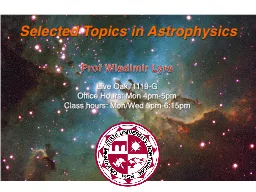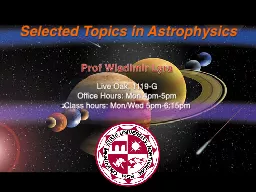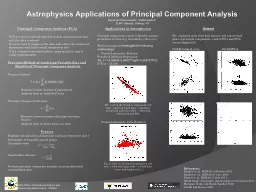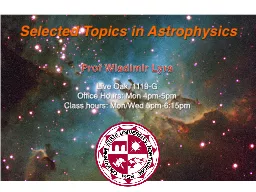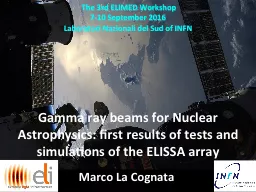PPT-Selected Topics in Astrophysics
Author : myesha-ticknor | Published Date : 2018-02-02
Prof Wladimir Lyra Live Oak 1119G Office Hours Mon 4pm5pm Class hours MonWed 5pm615pm Bahcall et al 2001 Solar evolution in the main sequence Evolutionary tracks
Presentation Embed Code
Download Presentation
Download Presentation The PPT/PDF document "Selected Topics in Astrophysics" is the property of its rightful owner. Permission is granted to download and print the materials on this website for personal, non-commercial use only, and to display it on your personal computer provided you do not modify the materials and that you retain all copyright notices contained in the materials. By downloading content from our website, you accept the terms of this agreement.
Selected Topics in Astrophysics: Transcript
Download Rules Of Document
"Selected Topics in Astrophysics"The content belongs to its owner. You may download and print it for personal use, without modification, and keep all copyright notices. By downloading, you agree to these terms.
Related Documents

